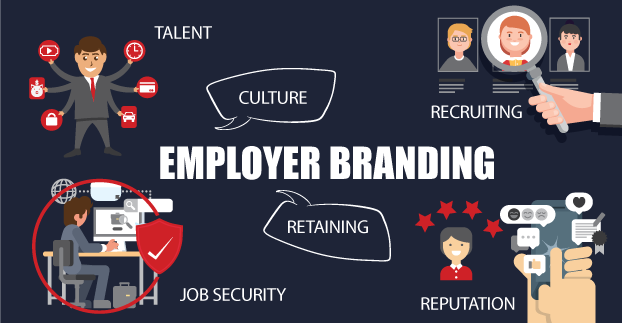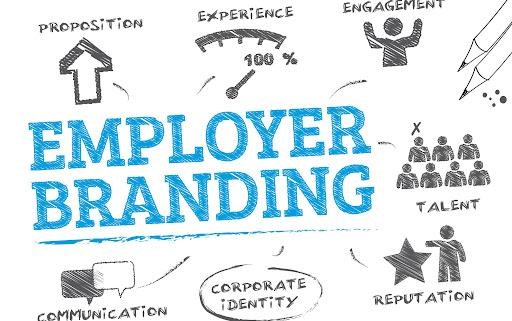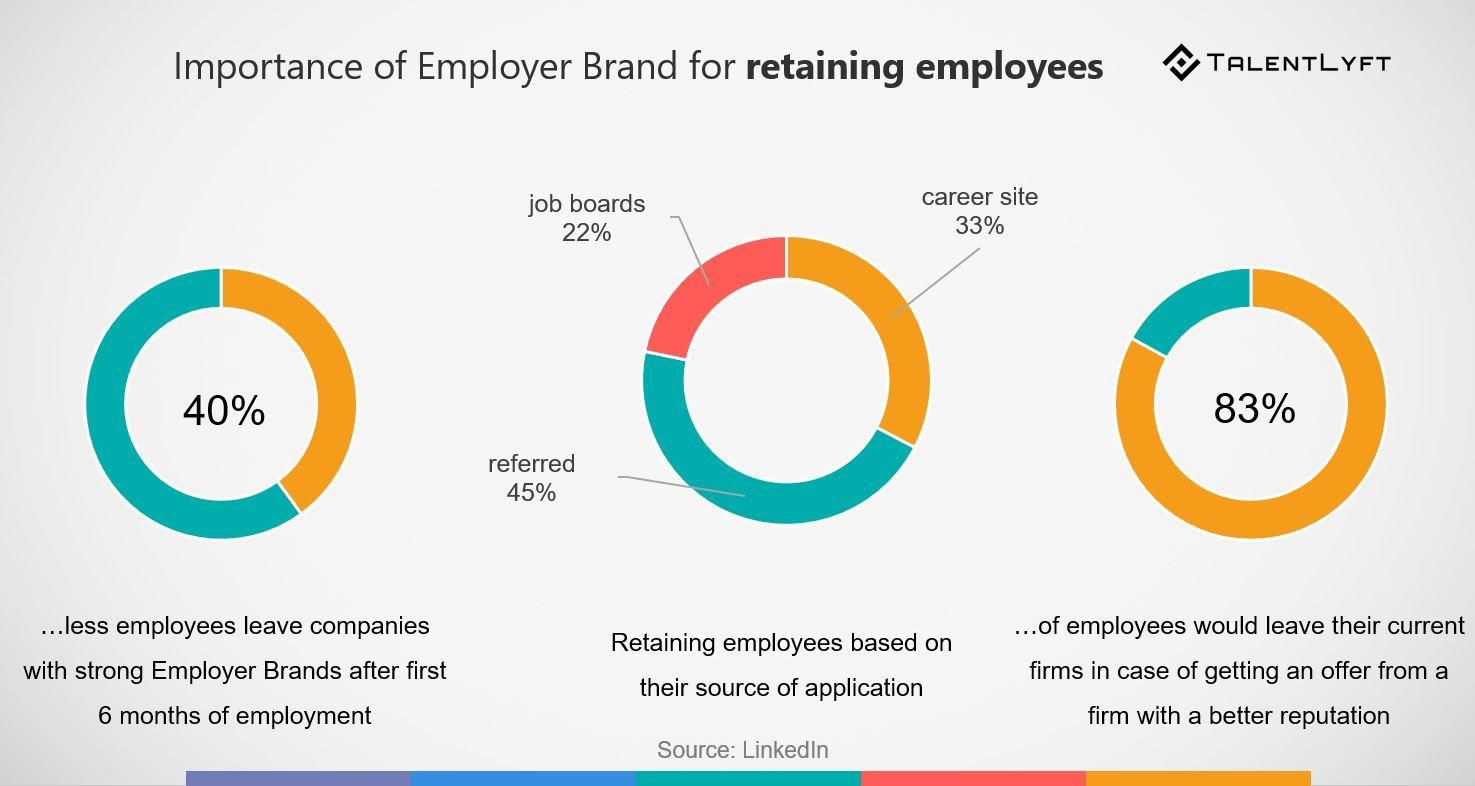
Employer Brand is one of the most
crucial aspects of an organization. It is the backbone of the culture an
organization follows. Employer Branding plays a significant contribution in
maintaining the value the employers give to their employees. But before we dive
into this interesting concept of the Corporate and Management World, let’s look
at the true meaning of Employer Branding.
●
Employer Brand:
Explained
1. Employer Brand is the term commonly used to describe
an organization’s reputation as an employer and its value proposition to its
employees as opposed to its more general corporate brand reputation and value
proposition to its customers.
2. The term, ‘Employer Brand’ was first used in the
early 1990s and has since become
common and widely accepted by the global management
and corporate community.
3. A good Employer Brand describes the image of
your organization as a great place to work in the mind of the current and
future employees and key stakeholders in the external market.

The term, ‘Employer Brand’ was first
publicly introduced to a management audience in 1990 and was defined by Simon
Barrow, Chairman of People in Business, and Tim Ambler, Senior Fellow of London
Business School in the journal of Brand Management of December 1996.
This academic paper was the first
published attempt to test the application of brand management techniques to
Human Resource Management. In this paper, Simon Barrow and Tim Ambler defined
the Employer Brand as a package of functional economic and psychological
benefits provided by employment and identified with the employing company.
In 2003, an Employer Brand Survey
conducted by the Economist among a global panel of readers revealed a 61 per
cent level of awareness of the term, ‘Employer Brand’ among HR professionals.
The first book on Employer Brand was published in 2005 and the second in 2006.
●
Employer Brand:
Purpose
1. The art and science of Employer Branding are
concerned with the attraction, engagement, and retention initiatives targeted
at enhancing your company’s employer brand. The same way Customer Brand is used
to define a product or service offer.
2. Attracting and the acquisition of the best
talents in the market and creating a good reputation of the organization as a
place to work.
3. A good Employer Brand leads to hiring the top
talents, as reports suggest around 50% of the job-seeking candidates don’t even
apply at organizations with a bad employer brand. Thus, a company might be
missing out on great potential employees because of a bad employer brand.
●
Employer Branding:
Process
1. Consider your Overall Growth Strategy
There are several ways for a company to grow. Some of the ways are to grow (A)
Organically, (B) Acquisition, or (C) A Blend of Both. It is important as
understanding your growth path is going to impact the way one position
themselves as an employer and the type of talent you need to attract.
2. Research your Prospects and Competitors
Researching your
candidates, prospects are responding to the marketplace and how they are making
decisions and how your competitors are selling the same types of services and
expertise that you are, helps in understanding how you need to be positioned to
attract the top talent to set you apart.
3. Developing a Strategy
After having an
understanding of your growth path and how your prospective audience is going to
respond and knowing the competitors, the step of developing a strategy comes
in. This is all about knowing how you need to be positioned as an organization
and employer to attract the right talent that’s going to lead you to that
growth path.
4. Tools to Communicate the Brand
Communicating the
strategy you have created for an organization is important as it lets others
know what your organization is truly about. This is the advertisement stage.
Tools to communicate could be a website, templates, and marketing techniques
and strategies.
5. Launch the Brand
This isn’t about a big
press release where you launch a brand or anything but launching the brand is
something that happens over time that is proving and living the employer brand
that you have just developed.
6.
Optimize for Visibility and Impact
This is the last step in
building an employer brand. This is about getting your reputation out there,
the word of who you are, and how your organization functions. It could be done
through publishing, social media posts are means to help you get more
visibility around your brand to be more impactful around the people you need to
attract.
As an organization goes through the
process of Employer Branding, the need for connection automatically arises and
it’s required to be done to make your branding known out there. Connectivity is
a huge function of the corporate world, and this is no exception that
connection or connectivity is a major part of forming an Employer Brand as
well.

●
Conclusion
Employee Brand or
Employee Branding should be real; it can’t be based on something that doesn’t
exist. One can’t just say who they are as an employer and reap the benefits
from that, but one has to act like it. As Employer Branding comes from multiple
factors, it becomes crucial to manage and prioritize it as one of the most
major parts of an organization as it is what helps you set yourself apart from
the other organizations. If you stand out from your competitors, you are more
likely to acquire the top talent in the marketplace.